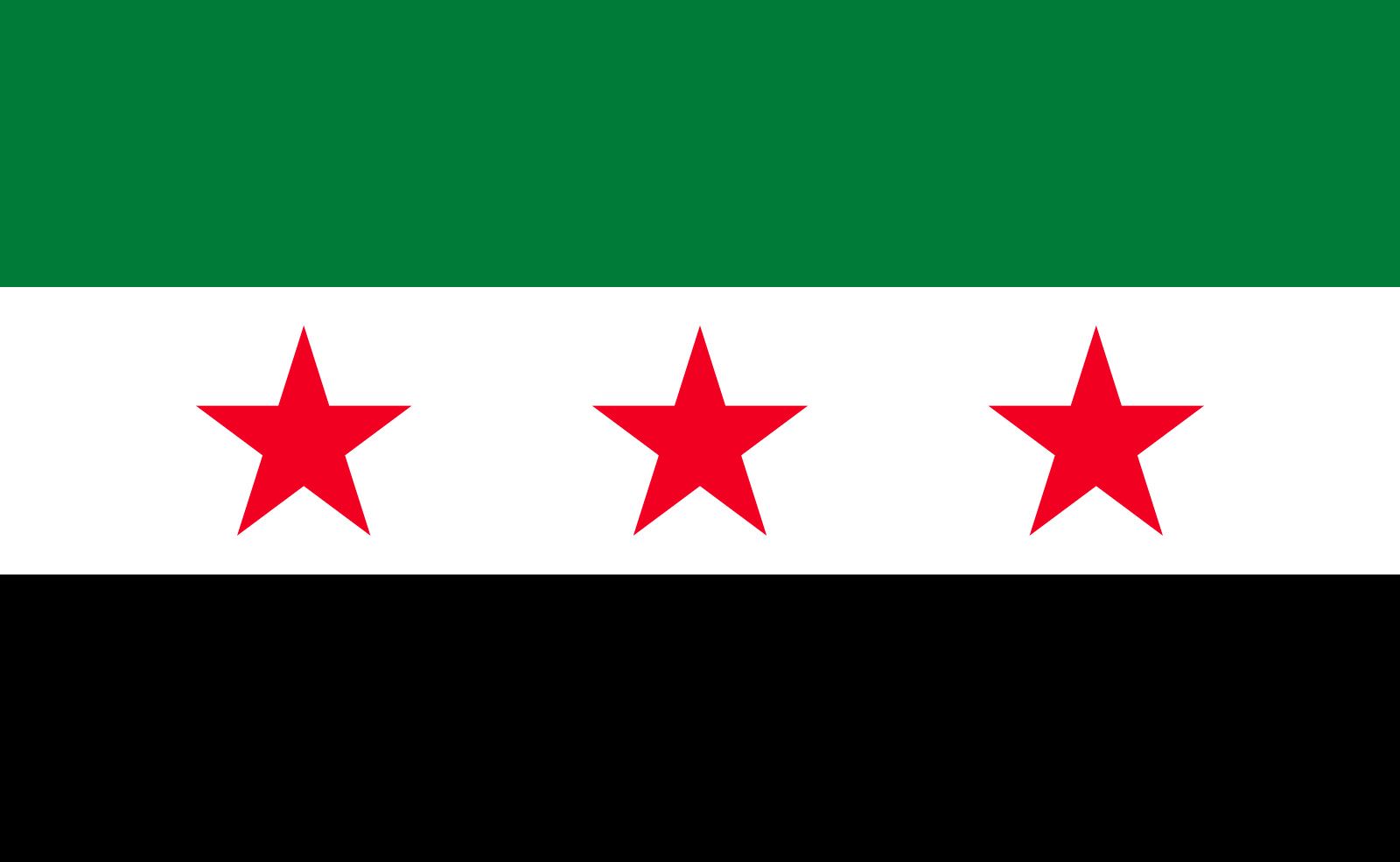Deir ez-Zor
The Pearl of the Euphrates, Eastern Syria’s Hub
Deir ez-Zor, often referred to as the Pearl of the Euphrates, is located in eastern Syria, where the Euphrates River winds through the desert. The city has long been a key agricultural and trade center due to its fertile plains and river access.
Historical Significance
Historically, Deir ez-Zor has been a crossroads between Mesopotamia and the Levant. In the early 20th century, it became tragically known as a waypoint during the Armenian genocide, with memorials still present today. Its strategic position on the Euphrates made it a focal point for successive empires and later for modern Syria's oil industry.
The War and Its Aftermath
During the Syrian Civil War, Deir ez-Zor endured one of the longest sieges in the conflict, with much of the city controlled by ISIS from 2014 to 2017. The Syrian Army and allied forces broke the siege in late 2017, but the city was left in ruins, with key infrastructure and homes destroyed, and thousands displaced.
Current Situation (July 2025)
By mid-2025, Deir ez-Zor has made notable progress in reconstruction, particularly in restoring oil fields and pipelines critical to Syria’s economy. Many displaced residents have returned, though humanitarian needs remain high. Clearing unexploded ordnance and rebuilding schools, hospitals, and homes continue to be major priorities. The main market has reopened, and trade is slowly resuming, though living conditions are still challenging for many.
Economy and Industry
Deir ez-Zor's economy is centered on agriculture, particularly cotton and wheat, and on oil production. Before the war, the city accounted for a significant portion of Syria’s oil output. While much of the infrastructure was damaged, oil production has resumed at reduced levels, bringing some jobs and revenue back to the area.
Culture and Society
The people of Deir ez-Zor, known for their hospitality and strong tribal traditions, have shown remarkable resilience in the face of hardship. Cultural life is slowly reviving, with traditional music, poetry gatherings, and festivals beginning to return to public spaces. The Armenian memorial remains a poignant reminder of the city’s place in regional history.
Key Landmarks
- Euphrates Suspension Bridge: Once a symbol of the city, heavily damaged during the conflict but now partially restored.
- Armenian Genocide Memorial Church: A solemn landmark commemorating the victims of 1915.
- Markets and Souks: The city’s traditional bazaars, slowly reopening with shops selling local produce, textiles, and crafts.
Despite immense challenges, Deir ez-Zor remains a vital link in Syria’s geography and economy, with its people determined to rebuild and preserve their rich heritage.
 Syria
Syria